How to care for imitation leather
Contents
Does imitation leather need care treatments?
The qualities of artificial leather are very different. There are sturdy and durable artificial leathers, but there are also very bad artificial leathers, which disintegrate quickly. In the automotive sector, it is noticeable that the trend towards recyclable (environmentally-friendly) materials leads to a significantly shortened life expectancy. Where the MB-Tex used to last in Mercedes without problems for 20 years, there are artificial leathers that become damaged at barely five years old. Whether this is really more environmentally-friendly, is definitely open to debate. Unfortunately, as a consumer, you cannot recognise which materials are durable and which are not.
Previously, PVC was commonly used because of its durability, but in the course of time the material became brittle. Other types of artificial leather show signs of material fatigue or hydrolysis. But this also leads to damage of the materials.
Can imitation leather care products prevent such problems? There are no care products on the market that can prevent the aging of artificial leather. PVC is sensitive to oils or greases. Over time, such care substances accelerate the aging and brittleness. Therefore, artificial leather should not be treated too much with leather care.
There is a wide range of imitation leather care products on the market. As long as an imitation leather care product does not contain any oils, but provides a protective layer that protects against dye transfer stains or other stains or wear, the care is life-prolonging, because the look of the artificial leather remains beautiful for longer and cleaning is less intensive. Therefore, it makes sense to care for valuable, sensitive or heavily stressed artificial leather. In the case of unstressed, unsoiled and insensitive artificial leather, regular care is not absolutely necessary.
Typical damage to imitation leather in cars and on furniture.
Cleaners for imitation leather
The same applies to artificial leather as for leather. For hygienic reasons, a dirty artificial leather should be cleaned. Since most artificial leather is very robust, all unaggressive cleaners for plastics or artificial leather can be used. Do not use strong solvents or cleaners that are too alkaline. A brush should be used to remove the dirt in the grain structure. Use bristles that do not damage human skin. They are then gentle enough for artificial leather or plastic surfaces and genuine leather. In dark artificial leather, it is often not clear whether cleaning is necessary at all. Always check with a slightly moistened, light cloth, how strongly the cloth is coloured by the dirt. If the cloth remains clean, cleaning the surface is unnecessary. It also makes sense only to clean when dirt is present.
Additional information
How to care for imitation leather
![]() -> COLOURLOCK - CLEANING AND CARE OF IMITATION LEATHER FURNITURE
-> COLOURLOCK - CLEANING AND CARE OF IMITATION LEATHER FURNITURE
![]() -> COLOURLOCK - CLEANING AND CARE OF IMITATION LEATHER AND PLASTIC OF CAR INTERIORS
-> COLOURLOCK - CLEANING AND CARE OF IMITATION LEATHER AND PLASTIC OF CAR INTERIORS
![]() -> COLOURLOCK - PU LEATHER - BICAST LEATHER - PU IMITATION LEATHER
-> COLOURLOCK - PU LEATHER - BICAST LEATHER - PU IMITATION LEATHER
![]() -> COLOURLOCK - THE PROFESSIONAL COLOURING OF ARTIFICIAL LEATHER AND PLASTIC
-> COLOURLOCK - THE PROFESSIONAL COLOURING OF ARTIFICIAL LEATHER AND PLASTIC
![]() -> In German: www.lederzentrum.de
-> In German: www.lederzentrum.de
![]() -> Rest of the world: partners worldwide
-> Rest of the world: partners worldwide







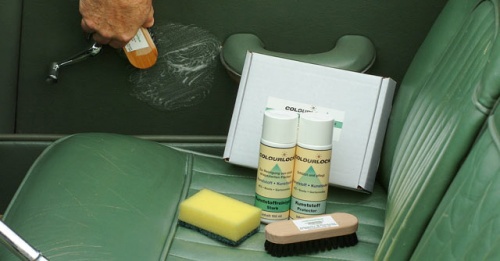
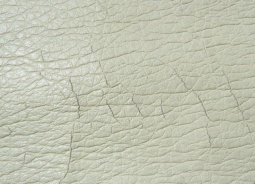
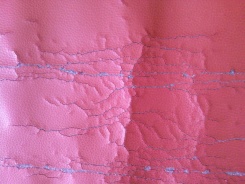
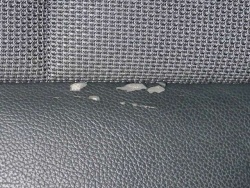
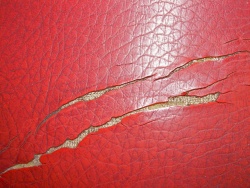

 a kotori web solution
a kotori web solution